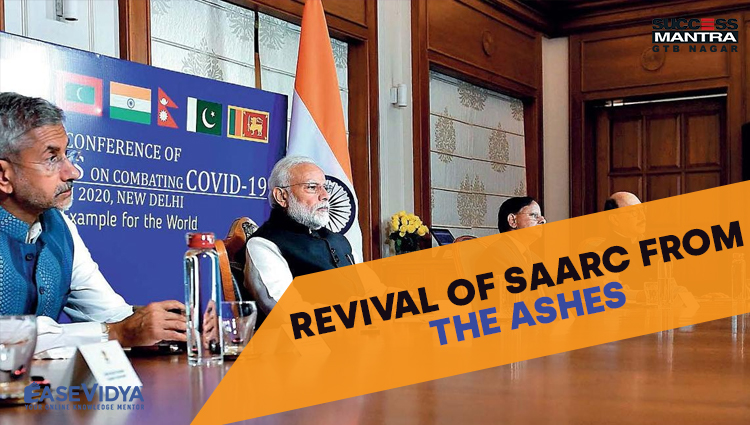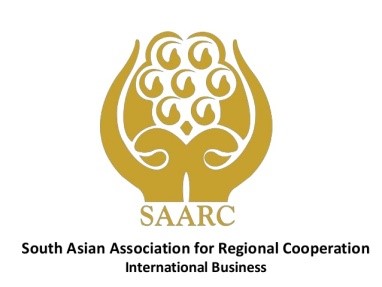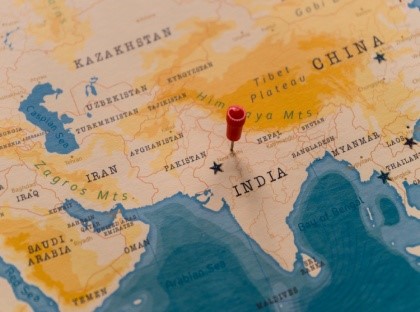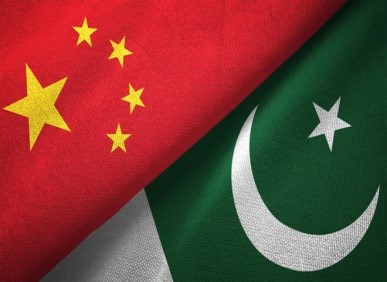
REVIVAL OF SAARC FROM THE ASHES
REVIVAL OF SAARC FROM THE ASHES

The year 2020 marked the sixth year since the leaders of the eight nations that make up the South Asian Association for Regional Cooperation (SAARC) were able to meet. India’s problems with Pakistan on terrorism, territorial claims, and its role in blocking SAARC initiatives on connectivity and trade are the main reasons that even after thirty-six years of its formation; SAARC appears to be a defunct body. However, if India aspires to become a global power, it must keep its neighbourhood peaceful, prosperous and supportive. In this context, reviving SAARC becomes very important.
SOUTH ASIAN ASSOCIATION FOR REGIONAL COOPERATION
The South Asian Association for Regional Cooperation (SAARC) was established with the signing of the SAARC Charter in Dhaka on 8 December 1985. The idea of regional cooperation in South Asia was first raised in November 1980. After consultations, the foreign secretaries of the seven founding countries—Bangladesh, Bhutan, India, Maldives, Nepal, Pakistan, and Sri Lanka—met for the first time in Colombo in April 1981. Afghanistan became the newest member of SAARC at the 13th annual summit in 2005. The Headquarters and Secretariat of the Association are at Kathmandu, Nepal.
PRINCIPLES ON WHICH SAARC IS BASED
Cooperation within the framework of the SAARC shall be based on:
• Respect for the principles of sovereign equality, territorial integrity, political independence, non-interference in the internal affairs of other States and mutual benefit. Such cooperation shall not be a substitute for bilateral and multilateral cooperation but shall complement them. Such cooperation shall not be inconsistent with bilateral and multilateral obligations.
• Members of SAARC: SAARC comprises of eight member States: Afghanistan, Bangladesh, Bhutan, India, Maldives, Nepal, Pakistan, Sri Lanka
• There are currently nine Observers to SAARC, namely: (i) Australia; (ii) China; (iii) the European Union; (iv) Iran; (v) Japan; (vi) the Republic of Korea; (vii) Mauritius; (viii) Myanmar; and (ix) the United States of America.
OBJECTIVE OF THE ORGANISATION

To promote the welfare of the people of South Asia and to improve their quality of life. To accelerate economic growth, social progress and cultural development in the region and to provide all individuals the opportunity to live in dignity and to realize their full potentials. To promote and strengthen collective self-reliance among the countries of South Asia. To contribute to mutual trust, understanding and appreciation of one another’s problems. To promote active collaboration and mutual assistance in the economic, social, cultural, technical and scientific fields. To strengthen cooperation with other developing countries. To strengthen cooperation among themselves in international forums on matters of common interests; and To cooperate with international and regional organizations with similar aims and purposes.
NEED FOR REVIVING SAARC
Regional Disconnect: Over the past year, India-Pakistan issues have impacted other meetings of SAARC. This makes it easier for member countries and international agencies, to deal with South Asia as a fragmented group rather than a collective one. No other regional power is as disconnected from its immediate neighbourhood as India. This disconnect is a challenge to India’s economic and security interests.
Impact of Covid-19: The impact of Covid-19, is a growing distaste for ‘globalisation’ and growing preference for nativism, self-dependence and localising supply chains. While it will be impossible for countries to entirely cut themselves off from the global market, regional initiatives will become the golden mean between globalisation and hyper-nationalism. Moreover, reviving SAARC is crucial to countering the common challenges brought about by the pandemic. According to a World Bank report, the South Asian countries are expected to lose nearly about 10.77 million jobs and $52.32 billion in GDP alone from the impact of the pandemic.
Dealing With China: It is clear that tensions with Pakistan and Nepal amplify the threat perception from China, while other SAARC members (minus Bhutan), all of whom are Belt and Road Initiative (BRI) partners of China will be hard placed to help individually. Also, in the current pandemic, China is sending medicines, personal protective equipment kits, and promising vaccines to most SAARC countries as part of its “Health Silk Road” initiative. Therefore, in dealing with China’s challenge, both at India’s borders and in its neighbourhood, a unified South Asian platform remains India’s most potent countermeasure.
OTHER POINTS TO KNOW:

Engaging With Pakistan: China’s incursions in Ladakh don’t stop India to attend meetings with the Chinese leadership at the SCO, the Russia-India-China trilateral, the G-20. Therefore, it is misplaced that India applies the same logic, for not engaging with Pakistan. India must understand that engagement with Pakistan is very crucial for the revival of SAARC.
Application of Gujral Doctrine: India’s conduct of foreign relations with immediate neighbours should be guided by the Gujral Doctrine. In this present context of Covid-19 pandemic, India can apply Gujral doctrine by pursuing Vaccine diplomacy with SAARC countries, whereby India can supply vaccines either free or at affordable costs and counter future pandemics.
All-of South Asia Approach: South Asian countries need to work as a collective to set common standards and promote a more intra-regional, transnational approach towards health security, food security, and job security. In this context, India can follow the European model of regional integration. Moreover, India can strengthen its position as an education hub for students from its neighbourhood. This will help to form closer political ties and spread its cultural influence and values to the surrounding region.
Regional Development: Being the biggest economy in South Asia, India can carry out infrastructure projects to improve connectivity, including the laying of new pipelines, building electricity networks, upgrading port, rail, and airport infrastructure, and reinvigorating people-to-people exchanges.
CONCLUSION:
India must find its prism to view its South Asian neighbourhood having a shared future and acting as a force-multiplier for India’s ambitions on the global stage.













0 Comment